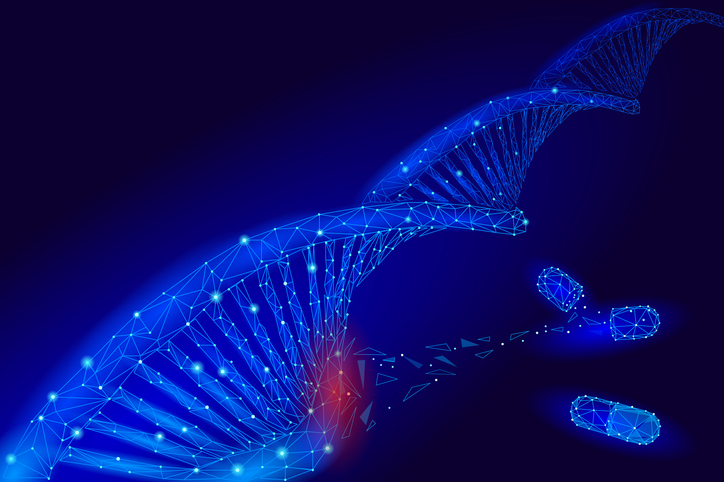Methods to detect host cell proteins (HCPs) in monoclonal antibodies (mAbs) and similar classes of biotherapeutics are standard and reliable, but not, it seems, in gene therapy viral vector products. Adeno-associated viruses (AAVs) and other advanced biotherapeutic products are more complex than mAbs, with a range of vectors and expression systems as well as less well-developed processes. Consequently, there are still only limited insights into residual HCPs in otherwise purified products and imperfect methods to identify them.
Last year, a 26-company collaboration led by the BioPhorum Development Group identified oft-seen high-risk HPCs, along with control strategies.
Tech is readily available
This year, a new detection method developed by scientists at The National Institute for Bioprocessing Research and Training (NIBRT) in Dublin, Ireland and Patheon Viral Vector Services in Florida, addresses the identification hurdle by using single-pot solid-phase-enhanced sample preparation (SP3) followed by liquid chromatography-mass spectrometry (LC-MS).
“For AAV gene therapy product developers, the technology is available and readily applicable to assist them in better understanding the HCP loading present in their product and to help them optimize their downstream process and minimize the HCPs,” Jonathan Bones, PhD, principal investigator, characterization and comparability group, NIBRT, tells GEN.
The researchers identified HCP proteins in preparations of AAV8 vectors from mammalian cells and AAV2 vectors from insect cells, estimating HCP in both femtomoles and parts per million. Of the 113 HEK293-derived HCP proteins in AAV2, 69 were quantified and some were “potentially immunogenic.” No proteases were found in the AAV2 samples.
Of the 102 Sf9 HCPs found in the AAV8 preparation, 72 were quantified. They included “multiple potential product-degrading HCPs” as well as “proteins associated with the baculovirus infection required to generate AAVs in Sf9 cells.” However, the scientists cautioned, their interpretation is limited by the lack of available databases and proteome annotation. NIBRT groups are working now to expand those databases.
HCPs identified from either AAV8 or AAV2 included multiple heat shock proteins–notably the abundant HSP90A–and several histones that could increase patient risks at higher concentrations. Bones and colleagues also identified HCPs related to apoptosis, cell cycle and proliferation, and stress response, which could possibly serve as targets for subsequent purification strategies.
At the recent American Society for Mass Spectrometry Conference, Bones’ group reported identifying and quantifying HCPs at parts per billion levels using Thermo Fisher Scientific’s new Orbitrap Astral MS instrument.
“By exploring this data,” he says, “we can generate insights into the cellular processes and responses during viral capsid manufacture. The deeper insights we get, the more we can inform downstream process optimization to ensure removal of HCPs and minimize patient risks.”


